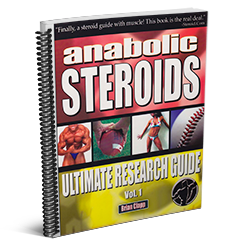Hi,
I will be starting my first cycle it will consists of the following.
Test E 400mgs for 12 weeks
D - bol 20mgs/day for 4 weeks
PCT
Week 1-3 Nolvadex - 20mgs/day, HCG - 500iu/day Aromasin - 20mgs/day Vitamin E - 1,000iu/day
Week 4-6
Nolvadex 20mgs/day, Aromasin 20mgs/day
With all that said everything will remain the same except the HCG as i can not get my hands on it in Australia.
I am basically after a replacement for the HCG any suggestion on anything are welcome
Thanks






 Reply With Quote
Reply With Quote


